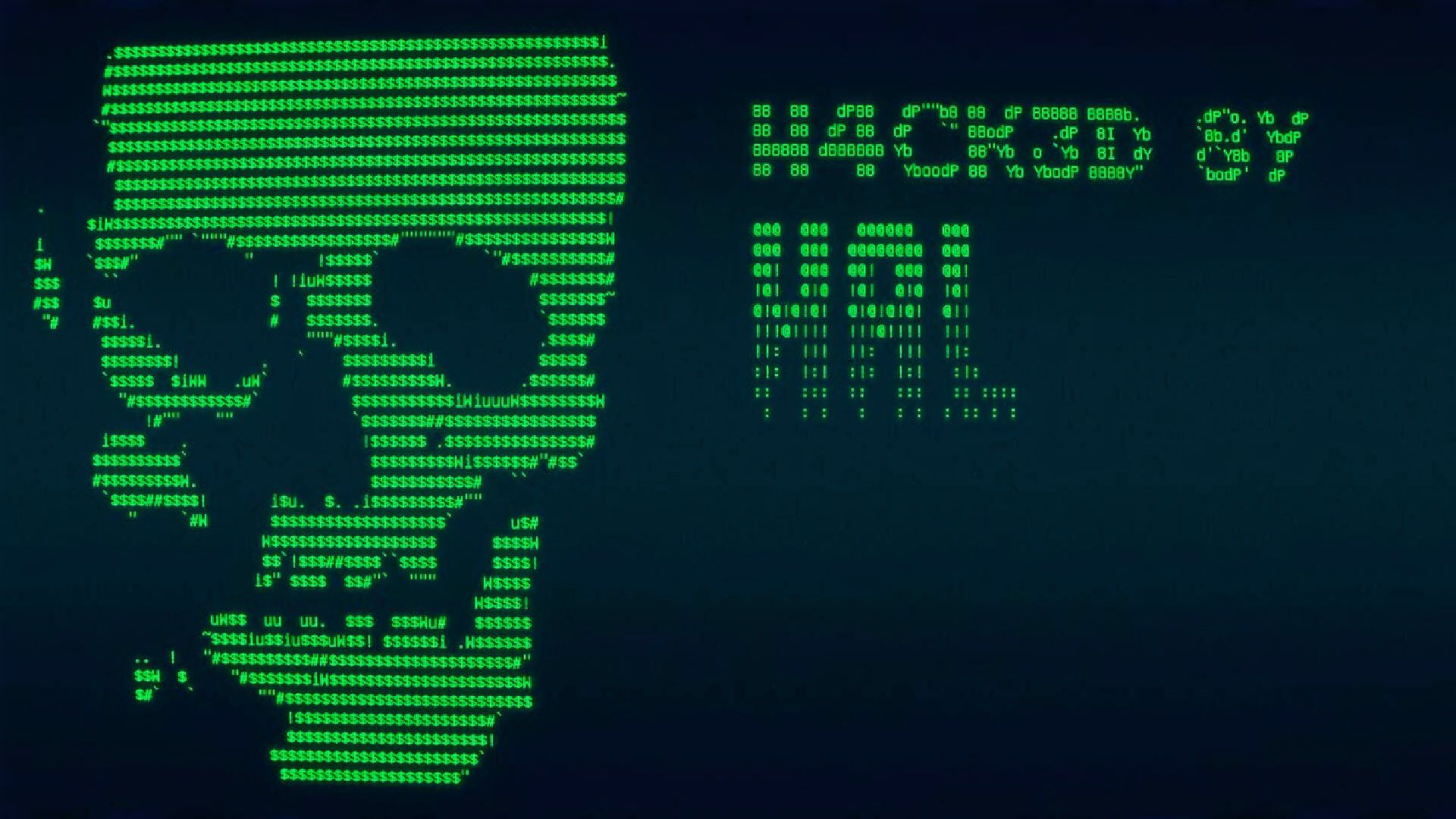In the early minutes of War of the Worlds (2025), I realized that I’ve seen this before. No, I’m not referencing the 2005 War of the Worlds movie. I’m not referencing a film at all. I’ve seen this premise in The Operator, a point-and-click adventure published on Windows PC in 2024. Both unfold entirely through a computer screen. However, one is a tense, slow-burning conspiracy. The other is War of the Worlds.
It may be the medium that held War of the Worlds back; it would be more compelling as a game rather than a film.
In War of the Worlds, director Rich Lee employs the screenlife technique: The film shows nearly all context about its narrative through the computer monitor of its protagonist, Will Radford (Ice Cube). Screenlife isn’t inherently a bad way to tell a story, but due to its snappy hour-and-a-half runtime, War of the Worlds isn’t able to take advantage of its strengths. To maintain a brisk pace, all of the film’s major story beats must occur back-to-back. This pacing sacrifices the buildup of dread that typically makes a great thriller great. (Additionally, the tone of War of the Worlds constantly shifts between dread and comedy, giving the movie a disjointed feel.)
By contrast, The Operator’s tonal shifts fit better because it isn’t in a rush to get to its ending.
The Operator’s story starts with the player investigating various cases: murder, missing people, and even helping to neutralize a bomb threat before unveiling a deeper, darker conspiracy in its latter half. Since The Operator is about twice as long as War of the Worlds, it allows more time for the narrative to breathe. Where War of the Worlds rushes through its story beats, The Operator lets you control the tempo. How quickly you progress through the investigation all depends on how you approach the game. If War of the Worlds had this same level of interactivity, it would have had better pacing without needing to change much about its story beats.
One common critique of War of the Worlds is that the movie is literally “just watching some guy typing,” which isn’t interesting from a viewer’s standpoint. However, in a game like The Operator, you are the “some guy typing.” The exact setup becomes compelling when the audience can interact. A lot of War of the Worlds’ reveals lacked impact, but if you were the one pulling back the mask of an alien invasion and government conspiracy while juggling a tumultuous family life? Well hey, the story might have landed better.
Playing as Will Radford could have turned even the most mundane moments from the film — such as spying on his kids or checking his deceased wife’s Facebook page — into optional moments for additional world-building. In a game, the player would be tasked with researching the alien’s behavior, which could be done by, say, sifting through redacted documents and analyzing security footage. The act of uploading a virus to defeat the threats could’ve been an intense minigame, giving agency to the player that a viewer simply wouldn’t be able to get. The success of The Operator with fans and critics is proof of concept that a screenlife gameplay loop can be fun. (Plus: One of the best moments of the game is the ending, when you have to guide a character through a government building, which nearly mirrors the ending of War of the Worlds one-for-one.)
Both The Operator and War of the Worlds experiment with how they tell their stories in similar ways, but the critical and audience reactions suggest that what falls flat as a film might have some potential as a game. The Operator had its critics too, with a few criticisms overlapping between both it and War of the Worlds; however, where The Operator currently sits at a 78 on Metacritic, War of the Worlds is at… 6. The biggest difference? War of the Worlds had all the makings of a tense conspiracy thriller, yet presented them to a passive audience. The Operator takes the same elements and places them directly in a player’s hands.


